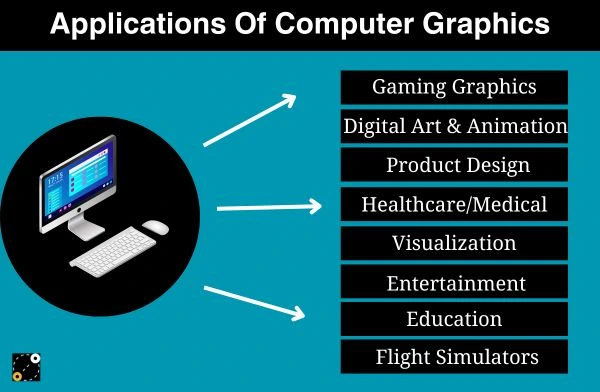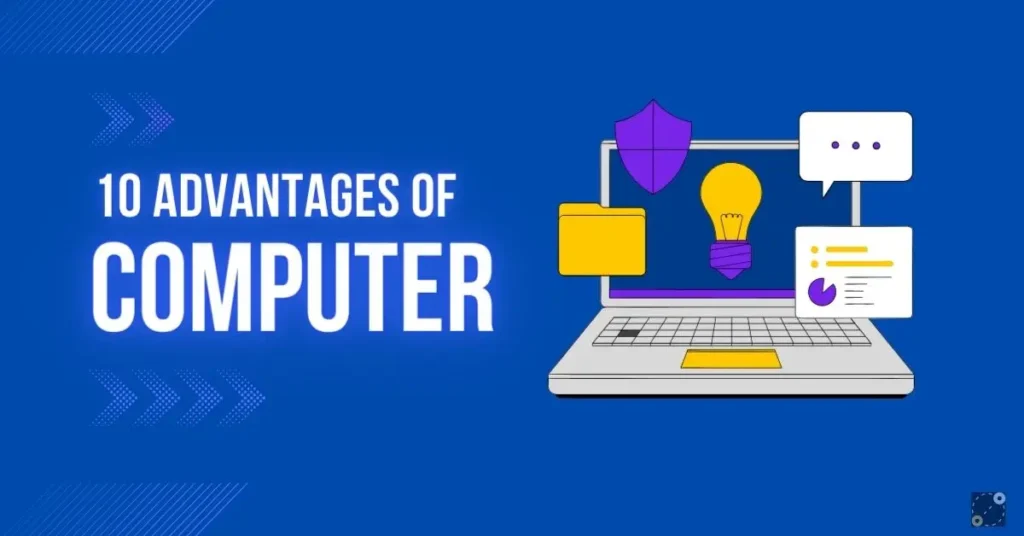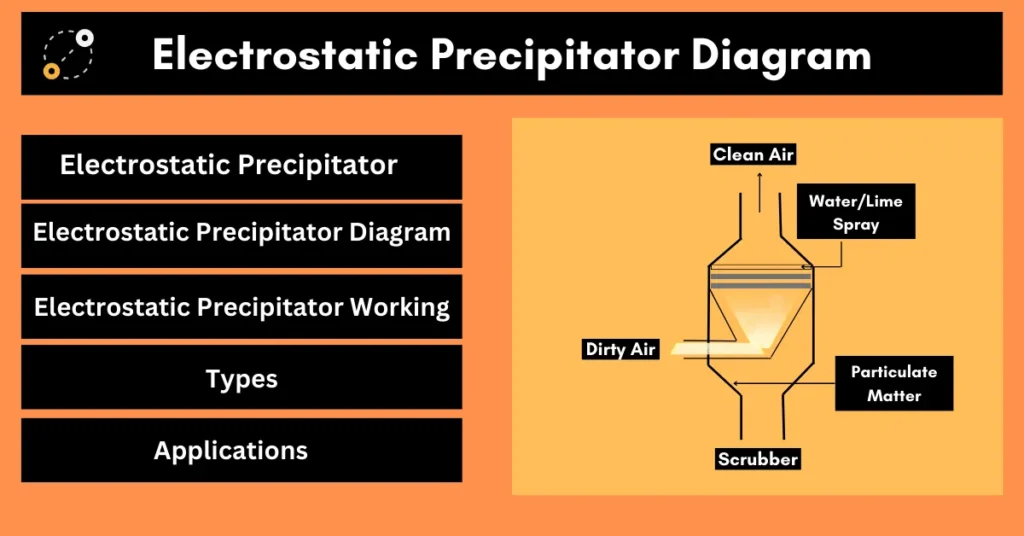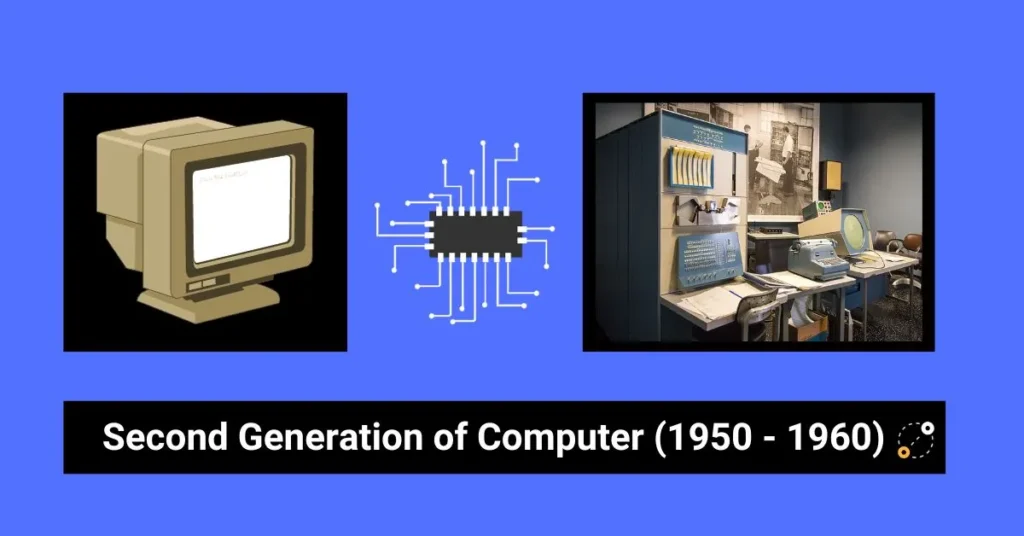From the captivating experience of virtual learning to the colorful displays of cinematic visuals, the application of computer graphics has crossed all the boundaries, modifying entertainment, education, and much more.

In simple words, computer graphics is the art and science of creating, manipulating, and displaying visual content, like images, animations, and graphics using computers.
In this article we’ll look at how computer graphics are used all around the world and list out some of the applications of computer graphics along with what advantages they bring. Let’s begin.
Applications Of Computer Graphics
Some of the diverse applications of computer graphics we see around us where the art and technology come to life, and change our imagination into reality are –
- Gaming Graphics
- Digital Art and Animation
- Product Design
- Healthcare/Medical
- Visualization
- Entertainment
- Education
- Flight Simulators
- Machine Drawing
- Advertising and Marketing
- Presentation Graphics
- Architecture
- Weather Forecasting
Related Post :
Gaming Graphics
It’s no wonder that gaming is loved by millions worldwide, and an impactful application of computer graphics is seen in gaming also.
Computer graphics bring virtual landscapes, characters, and action sequences to life, making gaming experience more interesting and exciting than before.
From the complex character designs to the stunning scenery, every element of gaming graphics is carefully created to captivate players globally. All thanks to the complex processing skills of computer graphics.
Digital Art and Animation
Creative artists and animators use computer graphics to craft really impressive illustrations, animations, and engaging digital worlds.
The application of computer graphics has led to the creation of various techniques and models that has enabled artists to create and manipulate digital images however they want. Example –
- Pixel Art
- Digital Painting
- 3D Modeling
- Motion Capture
They can use digital brushes, pens, and other tools as well to draw, paint, and sculpt directly on a digital canvas.
Product Design
Many unique ideas have come to life as computer graphics allow designers to create various product designs, from initial sketches to detailed designs with precision and efficiency.
The application of computer graphics models can be seen in 3D printing and rapid prototyping technologies. They can use 2D sketches and 3D models to explore different design options easily.
DALL-E, an AI-based picture generator created by OpenAI can create any complex and stunning image you can imagine using natural language.
However, in order to generate more complex images with better understanding scientists at MIT’s (Massachusetts Institute of Technology) have examined the usual model from a different perspective.
They have added a series of models together to generate desired images that capture multiple different elements as requested by the input text or labels.
Healthcare/Medical
Most important application of computer graphics is in healthcare. Medical Imaging, created by computer graphics, helps transform medical scans into detailed images that help in diagnosis and treatment.
Doctors can visualize things that are too small or complex to see with the naked eye, like cells, organs, and even molecules. With the help of computer graphics these images can be enhanced for better understanding.
As reported by the Science X website, a new technique called Virtual Fractional Flow Reserve (vFFR), an important application of computer graphics, is being used to detect arterial blockage.
vFFR involves computational fluid dynamics (CFD) and X-ray angiograms which integrate data and mathematics to understand fluid movement and predict blood flow in coronary arteries.
Visualization
In today’s world, where we’re flooded with information from every side and direction, visualization of this information is more important than ever.
Computer graphics turn numbers and statistics into colorful charts, interactive graphs, and dynamic infographics that are as informative as they are visually appealing.
Various application of computer graphics we can see in visualization are –
- Color encoding
- Grouping
- Aggregation
- Platforms like Tableau, Power BI, etc.
Entertainment
The entertainment industry has transformed with improved visual experience, enriched storytelling and expanded creative boundaries by the application of computer graphics
Computer-generated imagery (CGI) has allowed filmmakers to create stunning visual effects, realistic environments, and fantastical avatars that were once impossible to achieve.
For eg- Avatar is a groundbreaking film that shows how computer graphics have transformed filmmaking.
It was one of the first films to fully embrace 3D technology, using stereoscopic 3D cameras, digital matte painting, 3D modeling, and texturing.
Concerts, live events, and theatrical performances also comes under the application of computer graphics to create –
- Captivating displays
- Stage design
- Stunning lighting effects.
Even theme parks and other attractions use computer graphics to create thrilling rides, interactive exhibits, and spectacular shows that transport visitors to other worlds.
Education
The application of computer graphics in education has changed the learning experience for both students and teachers, making complex concepts more accessible and engaging.
There are various platforms and tools derived from computer graphics for interactive learning such as –
- Virtual labs – Allow students to explore concepts in a more practical way. For example, physics simulations can visually demonstrate principles like gravity and motion, which as a result improve understanding and memory.
- Digital textbooks – A great application of computer graphics, with videos, and virtual interactive elements providing dynamic learning experiences.
- SMART Notebook – A software platform used with smart interactive whiteboards for teachers to create lessons.
- GeoGebra – A mathematics software for learning and teaching mathematics, including geometry, algebra, calculus, etc.
- Google Earth – A virtual globe, map, and geographic information program.
- CoSpaces Edu – Platform that allows students to create, explore, and share virtual reality (VR) experiences and 3D projects in the classroom.
Flight Simulators
Flight simulators represent a remarkable application of computer graphics. They help in providing training and practices to the pilots.
Pilots can receive their training not only in a real aircraft but in these flight simulators, where they are able to experience realistic flight scenarios, including takeoffs, landings, and navigating through various weather conditions.
For eg – Etihad Airways, the national airline of the United Arab Emirates is among the first to use the application of computer graphics and artificial intelligence (AI) for improving safety management and training.
The AI-powered platform at Etihad gathers and evaluates information from maintenance, training activities, and flight records to speed up and improve current safety measures and training procedures.
Machine Drawing
Imagine stepping into the world of engineering and design without picking up a pencil or ruler, that’s the wonder of computer graphics.
Machine drawing is all about creating detailed plans and diagrams for mechanical parts and systems and is an innovative application of computer graphics.
With computer graphics, students can design and visualize everything from simple gears to complex machinery, right on their computer screens with extreme precision and clarity.
Tools and software like –
- AutoCAD
- SolidWorks
- CATIA
- Pro/ENGINEER, now known as Creo Parametric.
- Solid Edge, etc.
These tools allow students to bring their ideas to life in 3D, exploring different designs easily.
Advertising and Marketing
In the world of advertising and marketing, application of computer graphics play a functional role in creating captivating visuals that catch people’s attention and leave a lasting impression.
Whether it’s designing logos, crafting product packaging, or producing animated commercials, computer graphics tools allow marketers to bring their creativity and ideas to life.
With graphic design software we can manipulate colors, shapes, and typography to convey powerful messages and bring emotions in the audience.
Presentation Graphics
Presentation graphics help communicate ideas effectively and show their learning in creative ways.
It is used to understand and explain many reports such as –
- Scientific reports
- Financial reports
- Statistical reports
- Data Analysis reports
- Budget reports
With the application of computer graphics, presenters can create polished slideshows keeping the audience engaged and help them understand with vibrant visuals, sleek charts, pie charts, and graphs.
Architecture
Architects used to rely on pencil and paper to sketch out their ideas, but now, they’re using cutting-edge applications of computer graphics to bring their visions to life.
Designers use digital modeling software to explore different concepts, test structural integrity, and refine their designs before the beginning of construction.
Computer graphics also help architects tell their ideas to their clients and contractors with virtual demonstrations and 3D images.
Example – Stanford University is working on the Ray Tracing technique, a major application of computer graphics that mimics the behavior of light as it interacts with objects and uses it for creating lifelike 3D pictures.
This project, started by Stanford University researchers in the late 1970s and early 1980s, was a major turning point in the development of computer graphics.
Weather Forecasting
Another useful application of computer graphics we can see is in weather forecasting. With modeling and simulation techniques, meteorologists can create detailed maps, charts, and animations that can depict current weather conditions and tell future trends.
These computer-generated visualizations not only make it easier for meteorologists to interpret data but also help them communicate to the public in an engaging manner.
From colorful weather maps on TV to unique apps on smartphones, computer graphics play a vital role in delivering accurate and timely weather information to people around the world.
So now that we have checked out various applications of computer graphics in our surroundings and our lives, let’s explore a few interesting and unique places where we can see the magic of computer graphics as well –
- Digital Fashion Design – Designers can create detailed digital garments, simulate fabric drape and movement without the need for physical samples.
- Motion Capture – An interesting application of computer graphics, which tracks and records the movements of actors or users for using in animation or videos.
- Virtual Reality (VR) and Augmented Reality (AR) – Really innovative application of computer graphics. It transports users into virtual worlds where they can interact with environments and objects in real-time eg – VR gaming. Whereas, AR reflects digital content onto the real world with the help of a smartphone or AR glasses.
- Holographic Displays – It uses computer-generated images to create three-dimensional objects or scenes that appear to float in space without the need for special glasses.
- Digital Humans – The applications of computer graphics has reached to the extent of creating lifelike digital humans for various purposes having human-like behavior and expressions.
- Space Exploration – Computer graphics technology is used to visualize astronomical data, space missions, and celestial events.
- Archaeology – Interestingly computer graphics help us know our past. They are used to create virtual reconstructions of ancient cities and buildings based on historical records. It also digitally reconstruct damaged artifacts, pottery, and other objects that are discovered.
Advantages Of Computer Graphics
We can see the advantages that each application of computer graphics brings. Let’s have a look at some of those advantages –
Enhanced Communication
One of the biggest advantages of computer graphics is flexible and improved communication. They enable the communication of complex ideas and concepts through visual representations, making information easier to understand.
Creativity
Graphics tools provide a platform for artists, designers, and creators to show their creativity, allowing the development of visually stunning artwork, animations, and designs.
Time Efficiency
Time efficiency is one of the significant advantages of computer graphics. The ability to automate processes, provide real-time feedback, support collaboration, and offer tools and features saves a lot of time.
Global Collaboration
With computer graphics, teams can collaborate remotely on projects, sharing and editing visual content in real-time, regardless of their geographical location.
Advancements in Technology
Last but not the least, computer graphics pushes advancements in technology, leading to innovations in areas such as virtual reality, augmented reality, computer vision, and artificial intelligence, offering advantages of computer graphics.
Conclusion
Computer graphics have transformed entertainment, education, design, and beyond. From blockbuster movies to educational software, each application of computer graphics has empowered creativity and innovation across diverse industries. As technology continues to advance, the potential applications of computer graphics will only continue to expand, shaping the way we experience and interact with the world.




